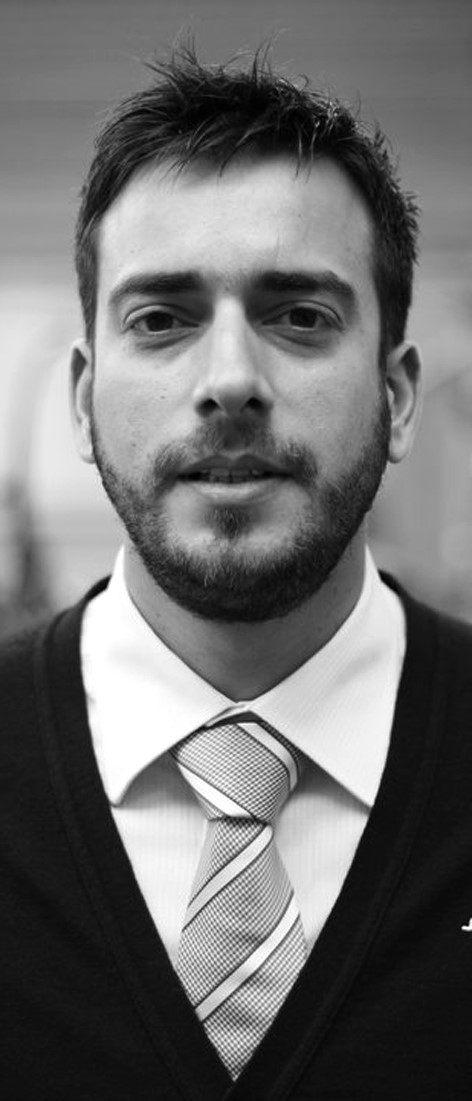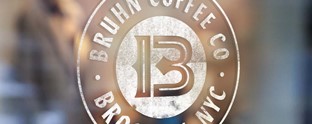Opinion: Stuart Duncan asks “How can radio stations connect with their listeners?”

Local radio stations need to connect with their listeners on a visual, emotional and verbal level. Their brands are based in story, inherently, but communicating that story effectively is another matter. Bauer Media Group, which runs a number of radio stations, is set to make changes to its brand strategy toward radio in January 2015. Stuart Duncan, head of brand marketing & special projects at Bauer Media Group discusses the rebrand
The manifestation of your brand in graphic form, the reflection of its personality, the opportunity to inspire confidence in consumers and business partners. The ‘at-a-glance’ chance to engage new customers, your stand-out-from-the-crowd moment.
Or, if familiar, branding can trigger a memory or a prior personal judgment. The mark of authority or stature in a particular field, of excellence or innovation, of trust, reliability, recognisability.
At least, that’s the dream.
But achieving any of these aims is based on the consumers’ opinion or assumed position – either judged immediately, or based on past experiences of that company or product.
Surely this is psychology, rather than graphic design? Should we not have the psychologists sorting this out, directing proceedings in their lab coats, rather than us marketing lot, with white boards and reams of research?
No. Branding is, in a nutshell, telling your story through colours and image. But how do you cram in the promise, the behaviors, authenticity, ambition, and purpose into shapes, lines and colours? Be a storyteller, that’s how.
You need brilliant storytellers to unlock a brand’s DNA and transform it into a powerful creative masterpiece. Make no mistake, however, charging it emotionally and connecting it to people is no easy task.
I’ve been lucky enough to work on a few exciting branding projects, and to be a Transform Awards judge, sitting on the brand transformation panel for the past two years and reading countless case studies on major rebranding projects. These have been from all across the globe, in diverse sectors ranging from food and drink to FMCG, to nuclear power and telecoms. On my own projects I’ve done everything from work on the launch of XFM in Scotland in 2006, to the more recent rebranding of Radio Forth in Edinburgh and Radio Clyde in Glasgow.
“Branding is, in a nutshell, telling your story through colours and image. But how do you cram in the promise, the behaviors, authenticity, ambition, and purpose into shapes, lines and colours? Be a storyteller, that’s how.”
These are brands with deep connections to their local communities and real day-to-day relevance in people’s lives. People rely on their local radio stations for far more than just entertainment, news, travel, sport and great music. The stations provide certainty, companionship and offer listeners a sense of social currency and belonging. It is the station’s job to ensure it delivers that with a local tone of voice and unique personality and style.
But today’s modern media landscape stretches far further than just broadcasting for a radio brand. In order to connect with a modern media consumer, your brand must reflect the world around it. How it looks and feels needs to stretch far beyond the printed logo, the signage above the door or the T-shirt, pen and baseball cap of the great roadshow era of the ’80s. Today it’s digital product design, video pre-rolls, MPU, banner, in-stream ad, corporate app, social comms…and undoubtedly T-shirt, baseball cap and pen. (I must admit that branding Outside Broadcast Trucks and a fleet of vehicles always gave me a sense of satisfaction. In fact it was probably the only thing the engineers and I ever saw eye to eye on.)
So, the challenge is on multiple levels. Win the hearts and minds of the audience, and the clients and the business. Tell a compelling story and evolve a heritage brand into a modern iconic marque in the local marketplace, while attracting national advertisers.
Then, once you’ve fretted, fussed, stressed and strained over your story for hours, interrogated it in every way possible and finally settled in your own mind that it’s the best set of lines, colours, shapes and images you could create, you press go. At that point, you ignore the anoraks, and trust your own conviction and confidence that you will deliver it brilliantly through every facet of the operation.
Not all stories are equal. Some are great stories told badly, others are bad stories told well. But a great story well told? Well that’s gold dust.












